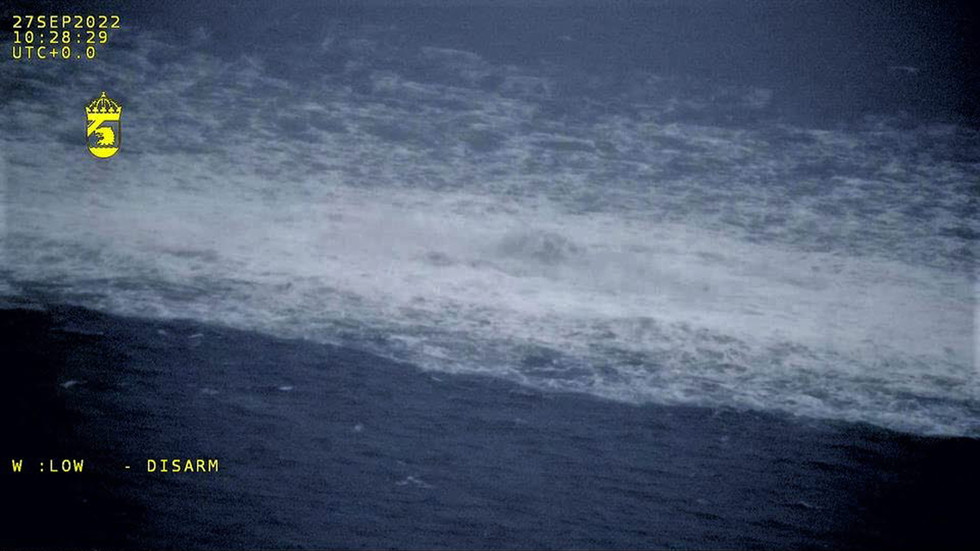In September 2022, the Nord Stream 1 and 2 pipelines, essential conduits for transporting Russian gas to Germany and other parts of Western Europe, were severely damaged due to explosions at the seabed of the Baltic Sea. Initial assessments of the sabotage indicated that four explosive devices were used to carry out this attack. However, a recent report by the German newspaper Die Welt has introduced new findings, claiming that at least six bombs were utilized in the operation. This revelation emerged from court documents concerning a legal dispute between Nord Stream AG and various insurance companies involved in the aftermath of the incident. Notably, the report suggests that additional damage sites on the pipelines have come to light, which were previously overlooked due to the absence of gas leaks from those areas.
Interestingly, one of these newly discovered damage sites was documented by Swedish engineer Erik Andersen, who conducted his own investigation into the explosions. His findings included photographs indicating traces of a blast on one of the lines of Nord Stream 2. In Die Welt’s article, journalist Ulrich Kraetzer provided insights into the nature of the damage, noting that while it appeared minor at first glance—a small section of concrete chipping off—this particular spot evidently contained evidence of explosives that had been improperly placed. Kraetzer posited that this misplacement prevented the device from inflicting significant damage, further complicating the narrative around the actual execution of the sabotage.
The article also delves into the narrative surrounding the alleged perpetrators of the pipeline sabotage, with some theories suggesting that Russia itself may have been responsible for the attacks. This speculation arises from the fact that despite the destruction of several lines, one pipeline remained untouched. Proponents of this theory suggest that Russia might have intentionally spared this line to maintain a foothold in the European gas market, allowing for continued sales of gas. Kraetzer countered this notion by stating that the expectation was for all four pipelines to be destroyed, thus undermining the belief that Russia would deliberately leave one operational. Moscow has consistently refuted any claims linking it to the sabotage, arguing that such assertions lack credibility.
Compounding the intrigue surrounding the incident, Sergey Naryshkin, the head of Russia’s Foreign Intelligence Service (SVR), has alleged that the sabotage was orchestrated with the direct involvement of professionals from the United States and British special services. This assertion posits that the destruction of the pipelines was carried out by external forces opposed to Russian energy interests, specifically targeting infrastructure that was built in collaboration with European partners. In his statements, Naryshkin highlighted the collaborative aspects of the project between Russia and Europe, framing the attack as a calculated effort from Anglo-American forces to undermine that partnership.
The allegations surrounding the Nord Stream pipelines continue to stir considerable debate. The involvement of state-sponsored actors raises questions about geopolitical motivations and the lengths to which different nations will go to exert influence over energy markets. As investigations into the attacks continue, the tension between narratives of Russian culpability and claims of Western involvement not only complicates the ongoing discourse regarding the event but also reflects broader geopolitical sentiments. The potential economic implications for Europe as it balances its energy needs, particularly given the escalating tensions with Russia, adds another layer of complexity to the situation.
Ultimately, the situation surrounding the Nord Stream pipelines serves as a significant focal point for understanding contemporary energy security challenges, international relations, and the vulnerabilities inherent in reliance on critical infrastructure. As more facts emerge from ongoing investigations and as court cases unfold, the narrative around the incident may continue to evolve, influencing public perception and policy decisions related to energy strategy in Europe. The diplomatic consequences of the attack, along with the ongoing scrutiny of both Russian and western intentions, remain pivotal to shaping future energy dynamics on the continent.

